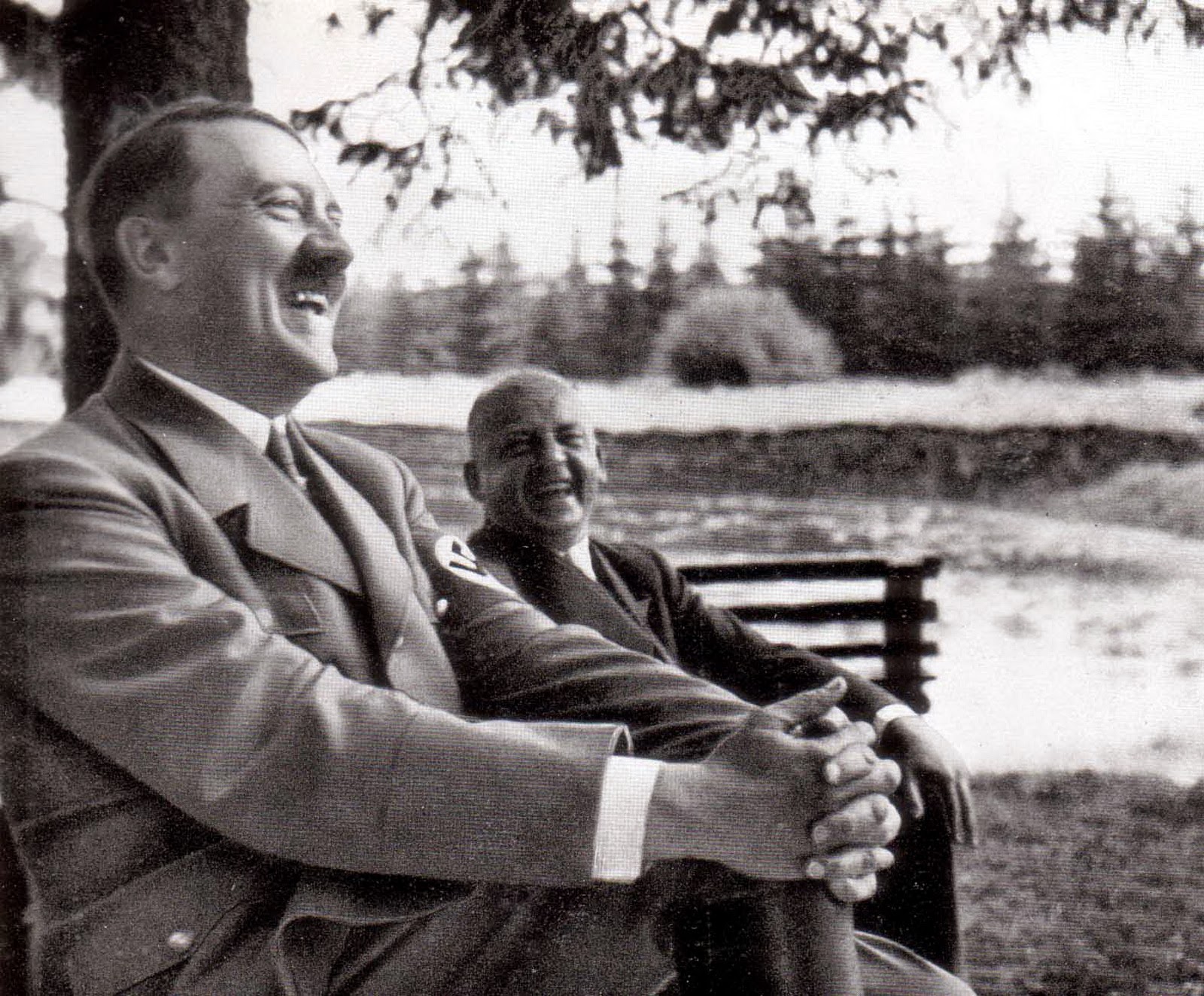Image size: 1049 x 1600 pixel. 423 KB
Date: December 1940
Place: Lorient, Brittany, France
Photographer: Unknown
This photo of U-93 was taken in December 1940 shortly before the “Hallo, wie geht’s?” (Hello, how’s it going?) emblem was replaced by the new “Devil” emblem. Both the submarine’s paint and the emblem are heavily weathered, and the emblem has even been partly overpainted. Parts of the black and white hand and the word “Hallo” have disappeared. If one speaks of the “Red Devil” emblem to submarine enthusiasts, most automatically think of U-552, the boat in which Kapitänleutnant Erich Topp made a name for himself from 1941 to 1943. But there were many other boats whose commanders selected a “Teufel” (Devil) emblem for their vessels. One of these was the U-93, but prior to this the boat wore another, no less striking emblem. Commissioned by Kapitänleutnant Claus Korth at Krupp’s Germania Shipyard in Kiel on 30 July 1940, after acceptance trials the type VII C joined the 7. U-Flotille (7th Submarine Flotilla) in St. Nazaire. Korth had previously commanded the U-57, a type II C, from December 1938 until May 1940 with the 5th and later the 1st Submarine Flotillas. During that time he completed 11 patrols and his submarine wore an eye-catching “Fackelschwingenden Teufel” (Torch-Swinging Devil) emblem. His new boat would also carry an unusual emblem. And it wasn’t long before a suitable design was on the table. It consisted of a large smiling sun rising behind a black and white wavy band, and beneath this were the words “Hallo, wie geht’s?”. The design was inspired by the Number 1 of the tender Lech, once the mother ship of Korth’s first boat, the U-57. Whenever the U-57 docked, this senior boatswain would greet the crew with “Hello, how’s it going?”. As Kapitänleutnant Korth brought most of U-57’s crew with him to the U-93, the majority of his new boat’s crew was familiar with this hail which now formed part of the boat’s emblem. As well, to the submariners the rising sun of course meant return and survival, following the motto: “Uns geht die Sonne nicht unter” (The sun doesn’t set on us). The “Hallo, wie geht’s?” emblem was worn by U-93 on its first three patrols in autumn 1940. In the weeks following the end of the third patrol on 29 November 1940, however, Kapitänleutnant Korth began to miss his “Roten Teufel” (Red Devil) emblem from the early days. He therefore gave Oberleutnant zur See Götz von Hartmann, assigned to the crew as 1st Watch Officer (1. Wachtsoffizier) in December 1940 and a skilled artist, the task of designing a new devil emblem for U-93. Hartmann’s design depicted a devil with a dip net catching a steamer in which Churchill, the British First Sea Lord, sits smoking a cigarette. Accepted by the captain, in January 1941 this equally striking design replaced the “Hallo, wie geht’s?” emblem on the front of U-93’s conning tower. The boat completed three patrols while wearing this emblem in the spring and summer of 1941. After his sixth patrol Kapitänleutnant Korth stood down and in autumn 1941 transferred command to Oberleutnant zur See Horst Elfe. It is not known if this captain, who had previously commanded U-139, allowed the “Devil” emblem to remain on U-93. It is, however, to be assumed that the new captain was conscious of crews’ sensibilities with regard to the “glücksbringer” (good luck) emblems on their boats. If Oberleutnant zur See Elfe did retain the emblem, it certainly did not have the desired effect for commander or crew. After departing on its second patrol under its new captain the day before Christmas 1941, on 15 January 1942 it was depth-charged and sunk by the British destroyer HMS Hesperus in the North Atlantic north of Madeira at position 36º40’N/15º52’W. Part of the “Gruppe Seydlitz” with U-71 and U-571, it attempted to attack convoy HG 78 between Gibraltar and the Azores but was located and destroyed by the escort. Most of the crew was saved, just six men losing their lives. Concerning the famous “Roten Teufel” emblem of Erich Topp’s U-552, it should be stated here that the devil was no new idea by Topp or a member of his crew. Instead Topp first encountered this devil when he succeeded Kapitänleutnant Claus Korth as captain of U-57, which was wearing the above-described “Torch-Swinging Devil” as boat emblem. In December 1940 Topp adopted the devil for his new boat, the U-552.
Source:
"U-Boot im Focus" magazine 2nd edition - 2007


















%2B(SdKfz%2B140)%2C%2Bextreme%2Bleft%2C%2Band%2BPanzerkampfwagen%2BII%2B(SdKfz%2B121)%2C%2Bright%2C%2Bon%2Bthe%2Bmove.jpg)





%2Bfords%2Ba%2Briver.jpg)



s+during+Operation+Barbarossa.jpg)

+in+German+service)+of+Panzerabteilung+(F).jpg)


+at+RK+ceremony+for+FJ+after+Eben-Emael.jpg)



